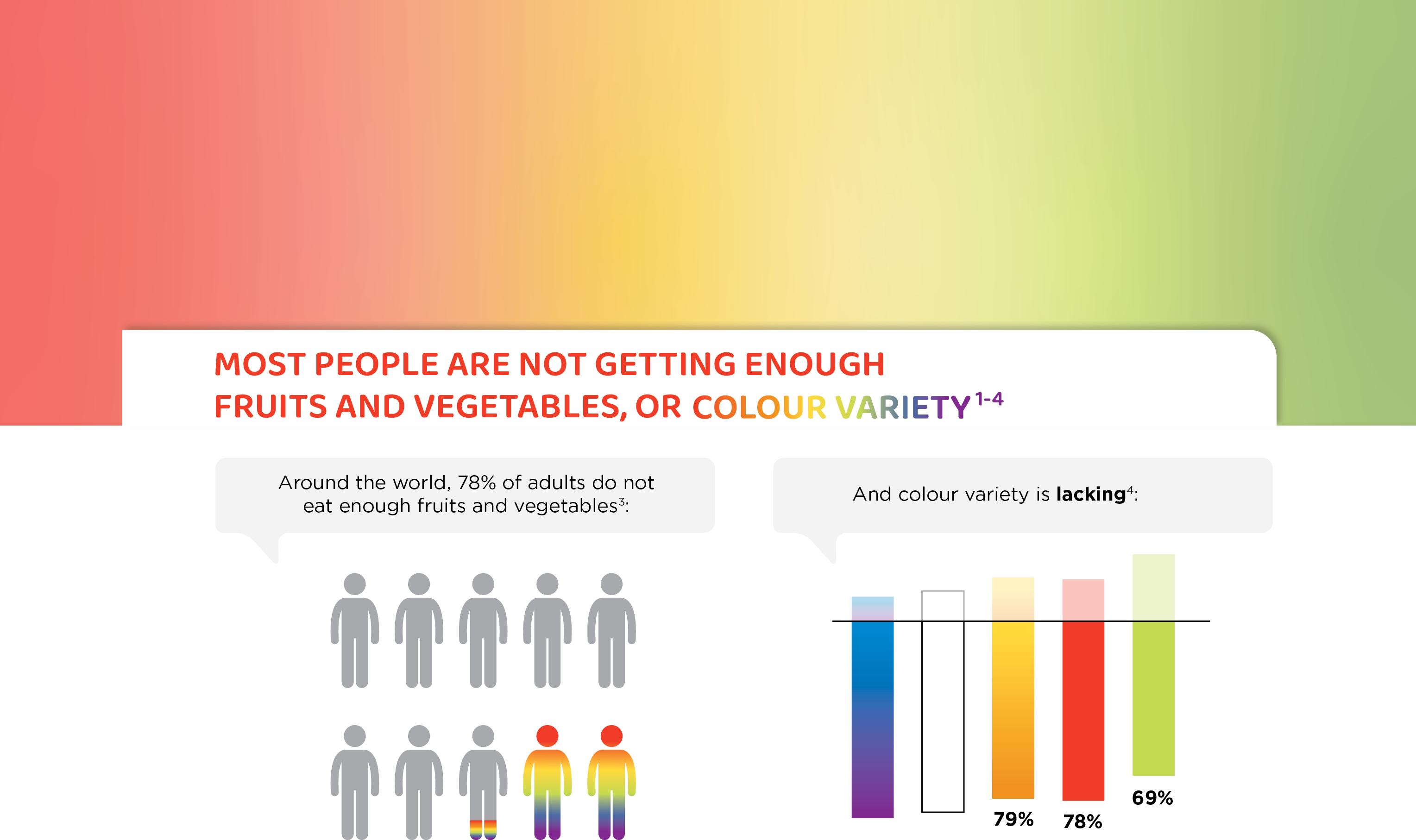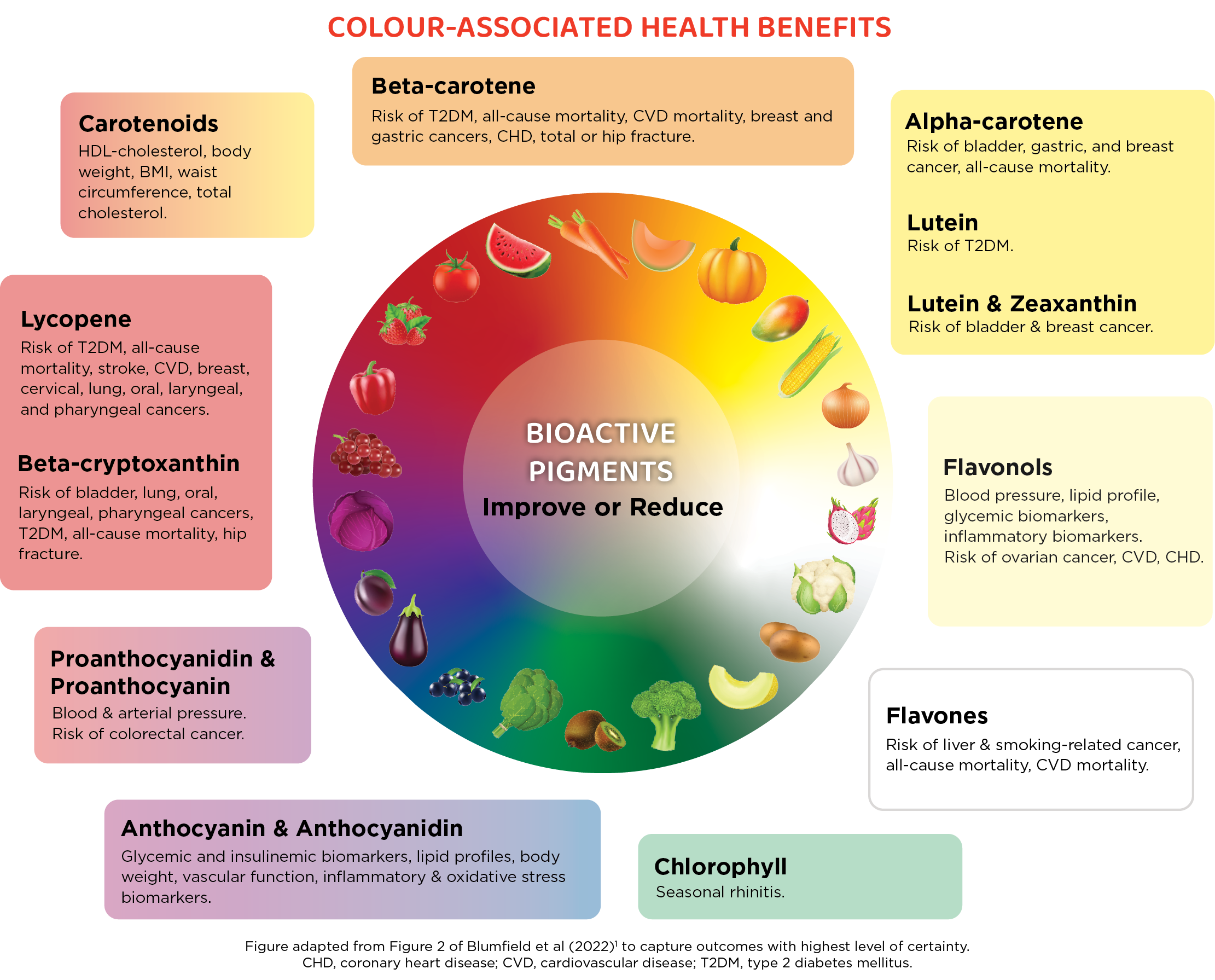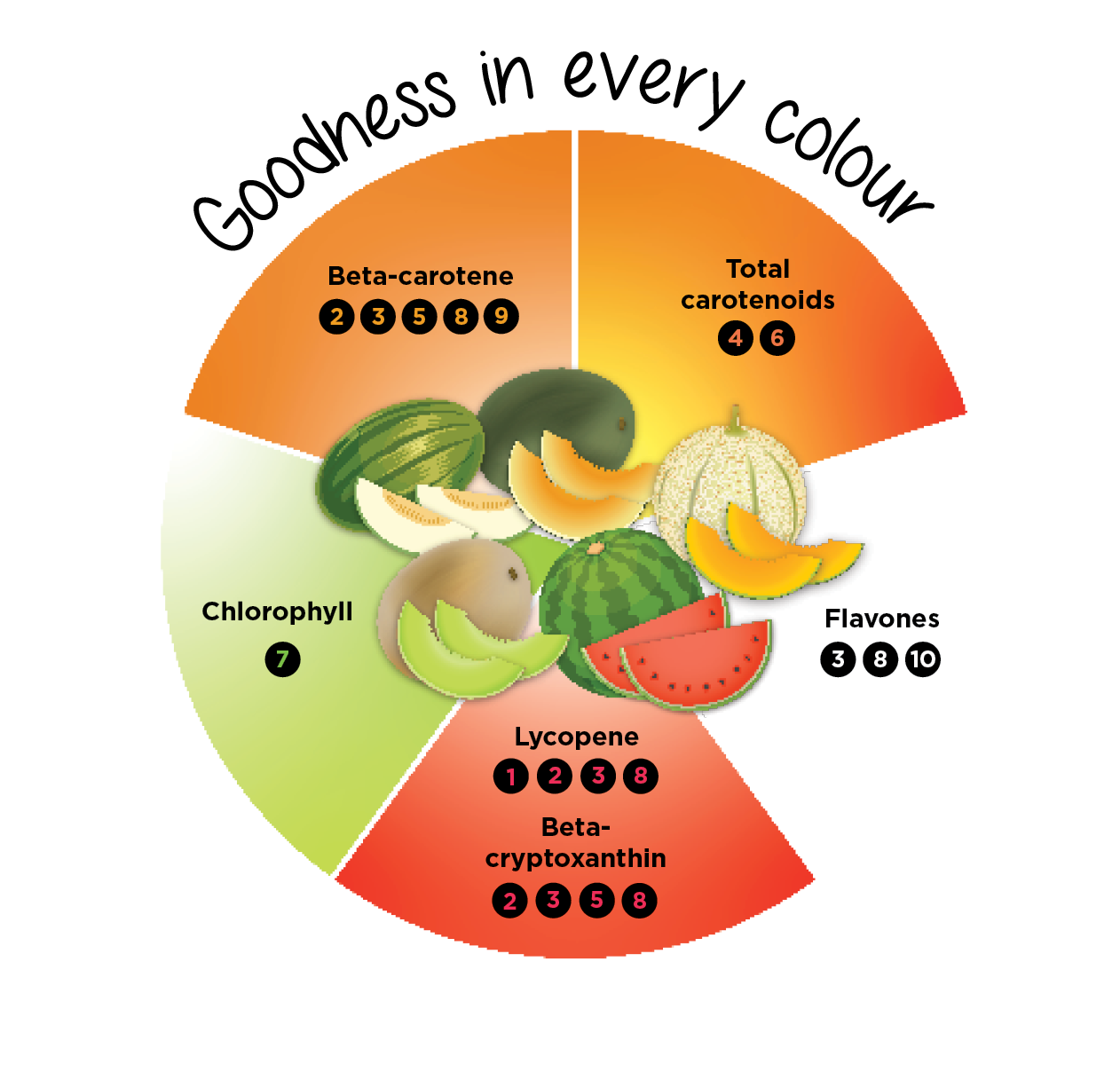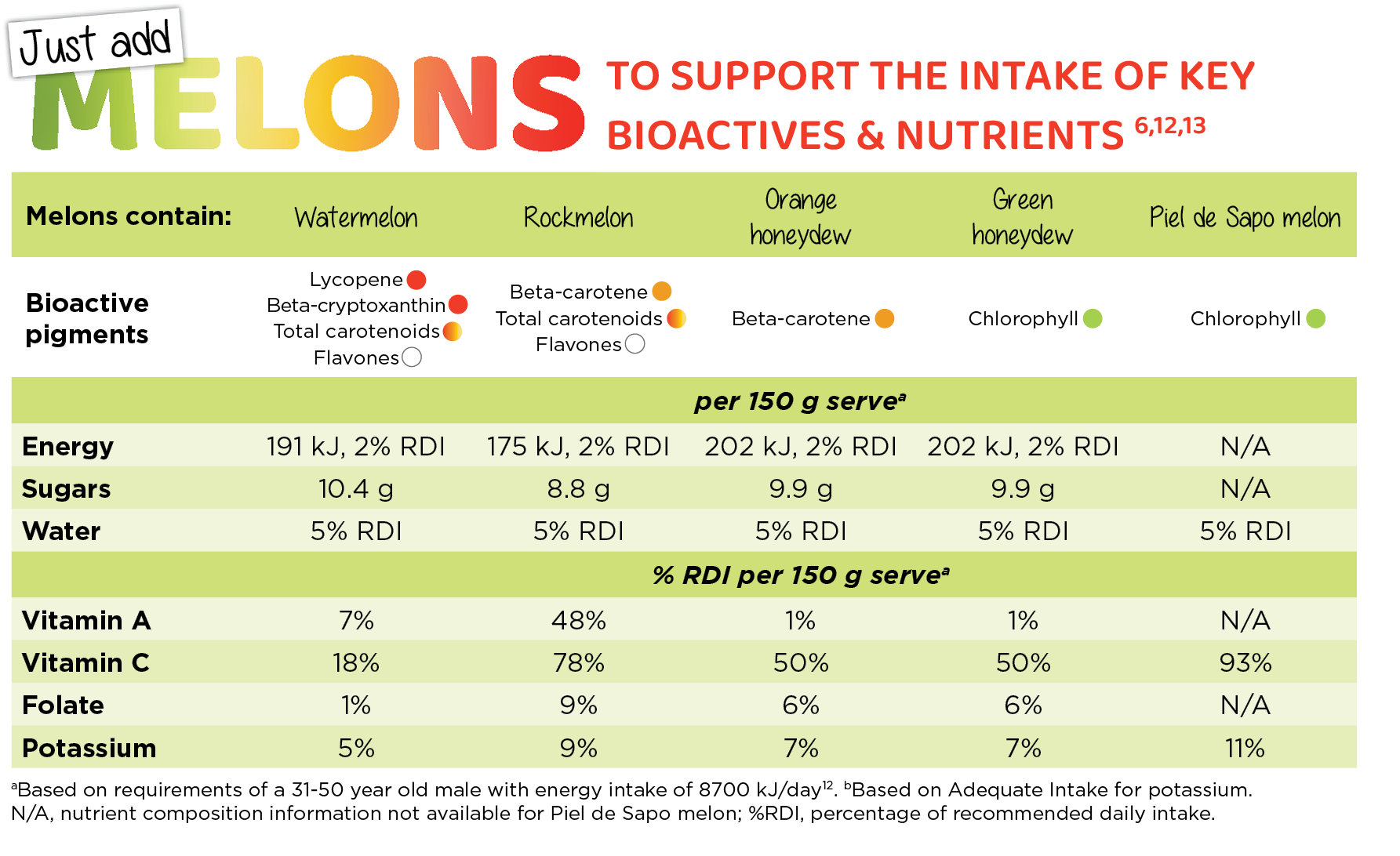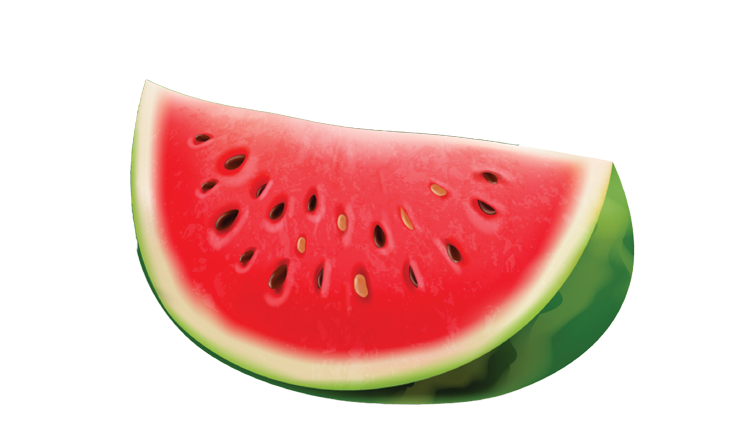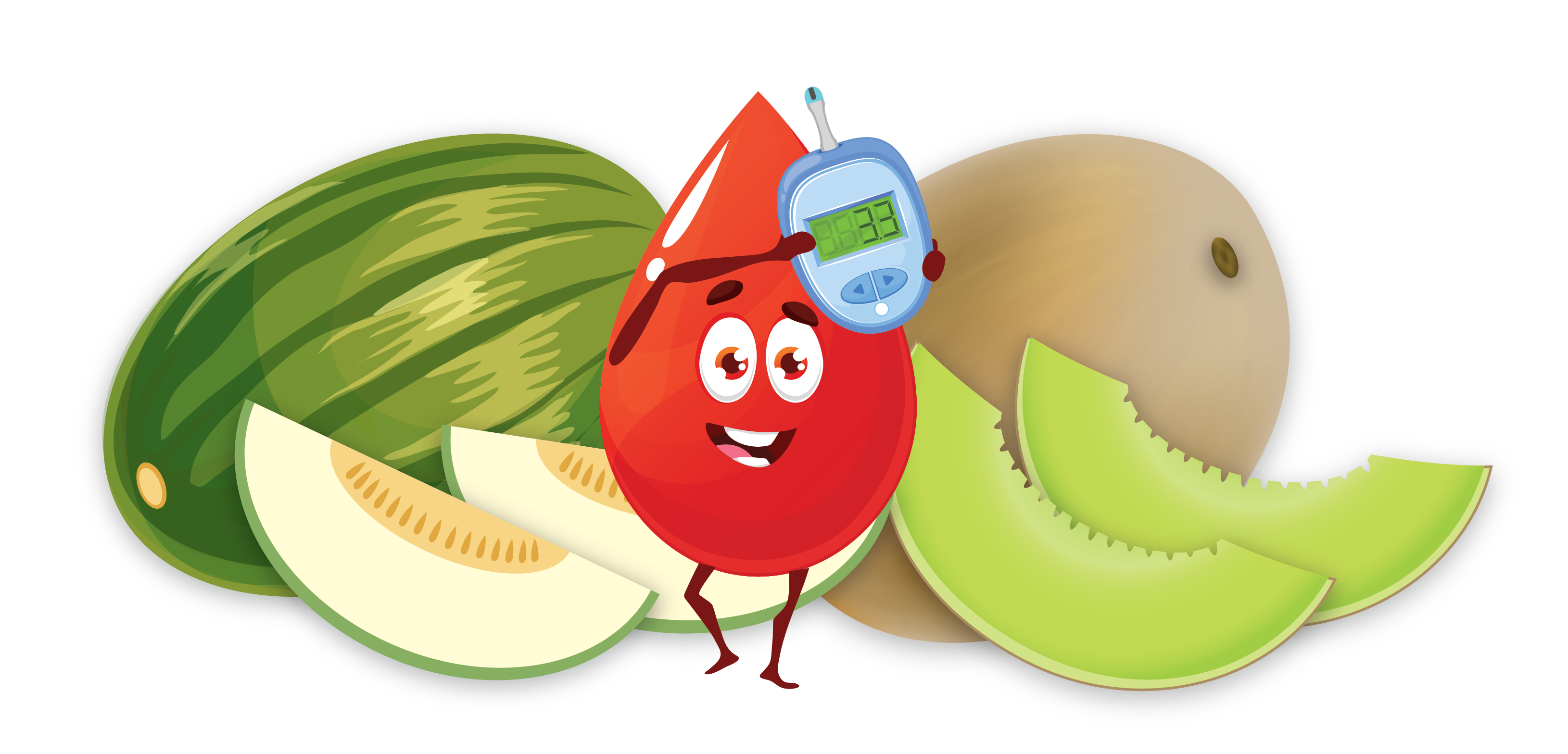Webinar – ‘Eating a rainbow’ of colours
Watch nutrition scientist DR. FLAV and award-winning cook, author and broadcaster ALICE ZASLAVSKY explore the importance of colour variety for our health and some practical ways to get more in our diets.
Goodness in every colour, with Melons Video
Hear from the team at Nutrition Research Australia on how Australian melons are a family of fruit which can provide a range of colour-associated nutrients and bioactives required to achieve optimal health and wellbeing
The naturally occurring bioactive pigments (i.e., colour-associated phytonutrients) are responsible for the vibrant colour of fruits and vegetables, and provide significant benefits for health beyond the benefits associated with total fruit and vegetable intake [1].
A world-first umbrella review representing 83 systematic literature reviews (SLRS), 2847 original research studies (cohorts and randomised controlled trials), and containing data from over 37 million participants [1], shows that there are health benefits associated with each bioactive pigment. Further, that colour variety is just as important as total serves of fruit and vegetables consumed, supporting the message to “eat a rainbow” of colours from fruits and vegetables. While similar health benefits were found across the groups of bioactive pigments, there were unique health benefits found for six of the eight bioactive pigments [1]. This research suggests that while it is important to meet the recommended serves of fruits and vegetables, it is just as important to consider the colour-variety of the fruits and vegetables.
Key bioactive pigments found in the review to have health benefits:
Melons can contain red [3, 4, 6] orange [3, 4, 6, 7], yellow [3, 6], green [8, 9], and white [5] bioactive pigments, and having a variety of melons can make it easier to improve health by adding colour variety to the diet.
Watermelon
Provides red, orange, yellow, and white bioactive pigments:
- The red pigment lycopene [3, 4]: associated with reduced risk for cardiovascular disease, mortality, a range of cancers, and type 2 diabetes mellitus [1].
- The red pigment beta-cryptoxanthin [4]: associated with reduced risk for mortality, a range of cancers, hip fracture, and type 2 diabetes mellitus [1].
- Red, orange and yellow total carotenoids [3]: which are linked to decreased risk factors for obesity and type 2 diabetes, including reduced bodyweight and waist circumference, and improved cholesterol levels [1].
- White pigments called flavones [5]: associated with decreased risks for a range of cancers, mortality, and cardiovascular disease mortality [1].
Rockmelon
Provides orange, red, yellow, and white bioactive pigments:
- The orange pigment beta-carotene [4, 6]: associated with a reduced risk for a range of cancers, mortality, type 2 diabetes mellitus, and cardiovascular disease [1].
- Red, orange and yellow total carotenoids [6]: linked to decreased risk factors for obesity and type 2 diabetes, including reduced bodyweight and waist circumference, and improved cholesterol levels [1].
- White pigments called flavones [5]: associated with decreased risks for a range of cancers, mortality, and cardiovascular disease mortality [1].
Honeydew melon
Can provide orange and green bioactive pigments:
- Orange honeydew contains the orange pigment beta-carotene [7]: associated with a reduced risk for a range of cancers, mortality, type 2 diabetes mellitus, and cardiovascular disease [1].
- Green honeydew contains the green pigment chlorophyll [8]: can help to relieve seasonal allergy symptoms [1].
Piel de Sapo melon
Can provide green bioactive pigments:
- Contains the green pigment chlorophyll [9], which can help to relieve seasonal allergy symptoms [1].
The rind and seeds of melons also contain bioactive pigments, including chlorophyll [14], lutein [14], and beta-carotene [14, 15].
- Emerging research with watermelon rind and seeds in cultured cells and animals has shown a link to improved markers of cardiovascular health, metabolic health, cancer, gut microbiota, liver health, oxidative stress, and infection [16-23].
- Emerging research with rockmelon rind/peel and seeds has shown possible benefits for cancer development, by inhibiting the growth of cultured human cancer cells [24].
- Emerging research with honeydew melon seeds has shown possible benefits for cancer development, by inhibiting the growth of cultured human cancer cells [25].
Recent evidence has identified additional health benefits associated with the consumption of watermelon. Research investigating rockmelon, honeydew melon, and Piel de Sapo melon has not been performed.
Antioxidant potential
- Two serves of watermelon per day have been shown to reduce oxidative stress, which has been associated with a range of chronic diseases [26].
- High doses of watermelon (7 serves per day) were found to improve antioxidant capacity during exercise [27, 28].
Cardiovascular Health
- Watermelon contains citrulline [29-33] and arginine [32, 33], amino acids that support the production of nitric oxide, which functions as a vasodilator, increasing blood flow and reducing blood pressure [26, 34].
- Two serves of watermelon per day have been linked to improved markers of cardiovascular health, including blood lipids and blood pressure [26, 34-37].
Metabolic Health
- With 91% water and 10.5 g sugars per serve [10], watermelon has a low glycemic load, which is associated with improved glycemic control [38].
- Two serves of watermelon per day have been shown to improve markers of metabolic health such as bodyweight, and reduce appetite [26].
